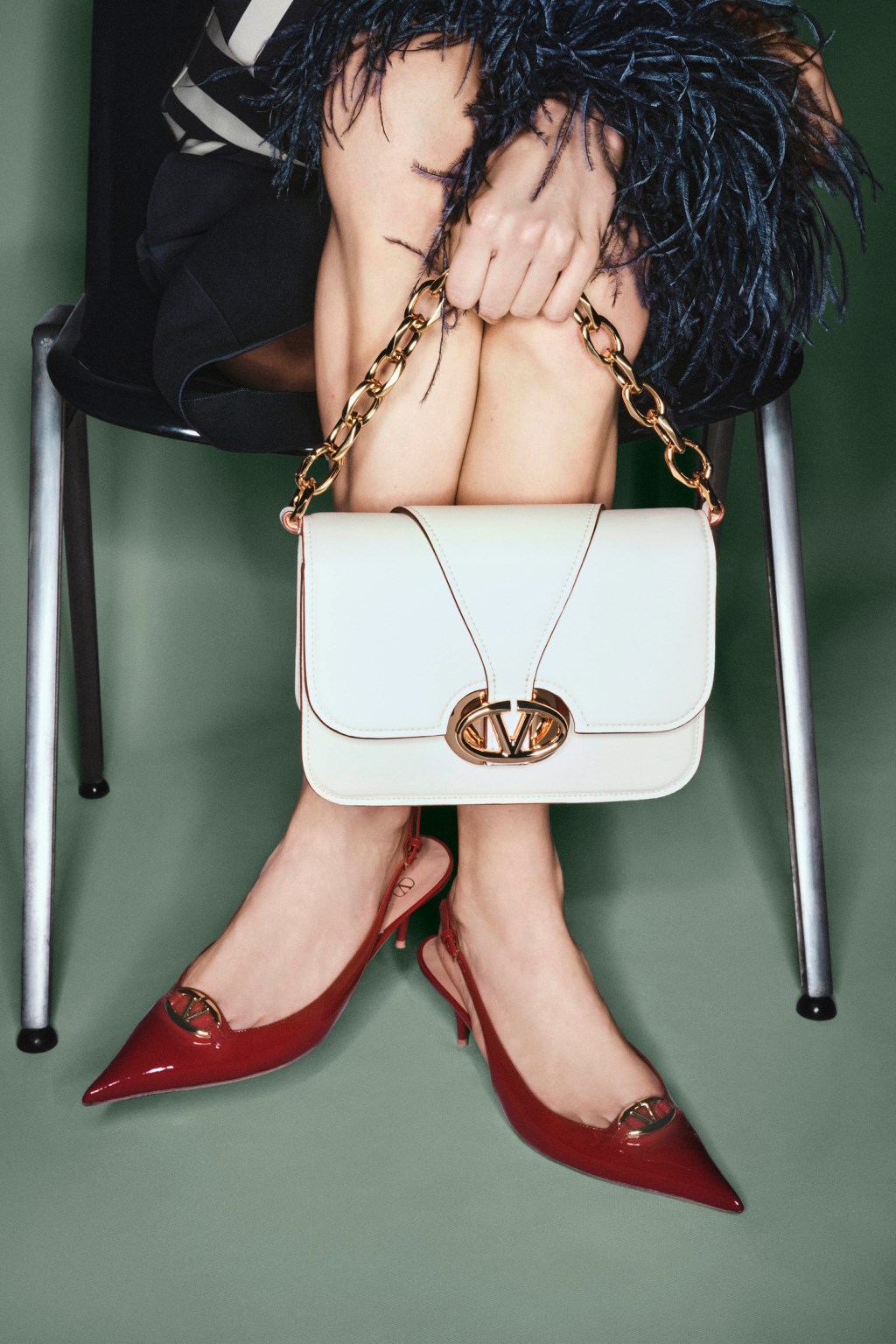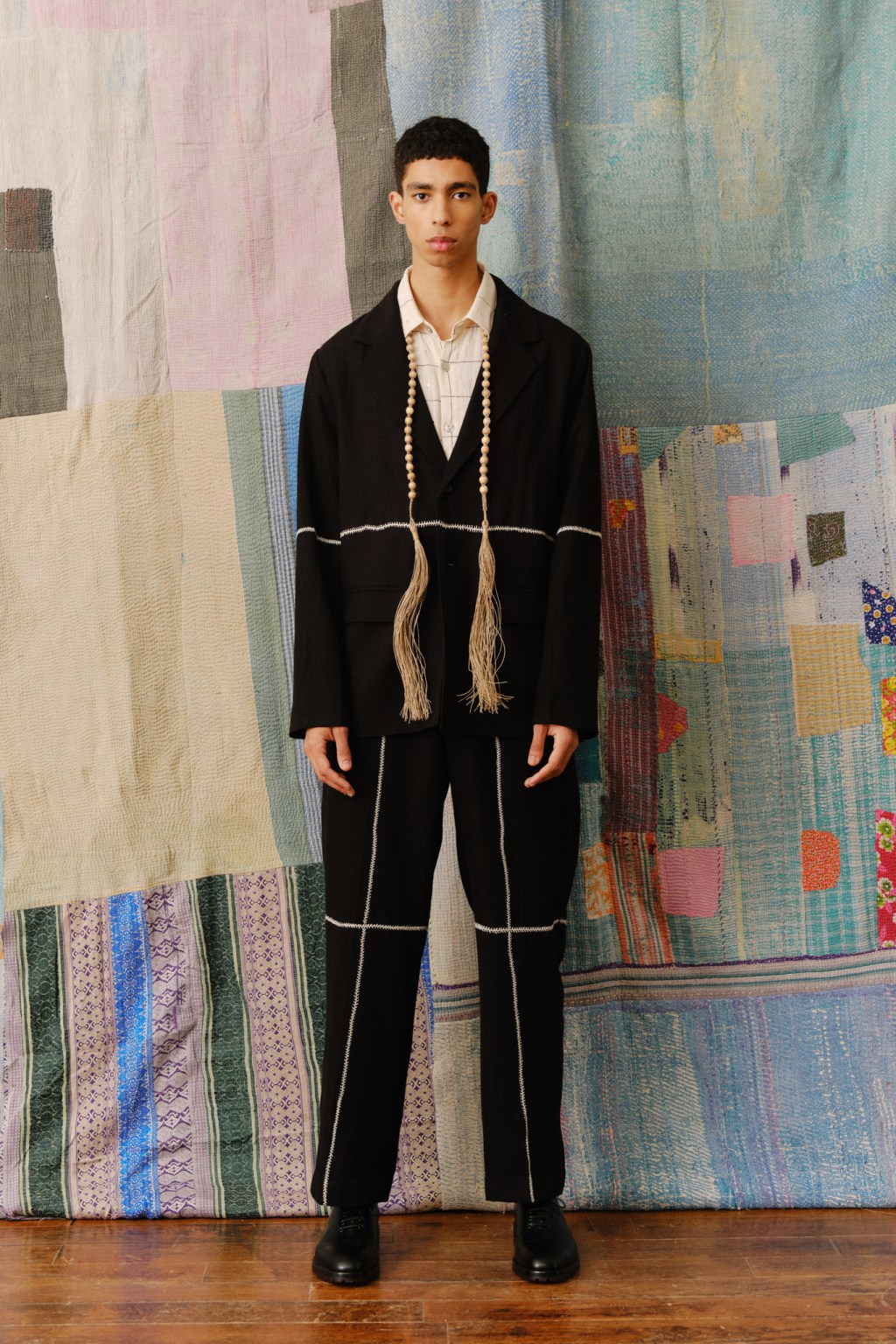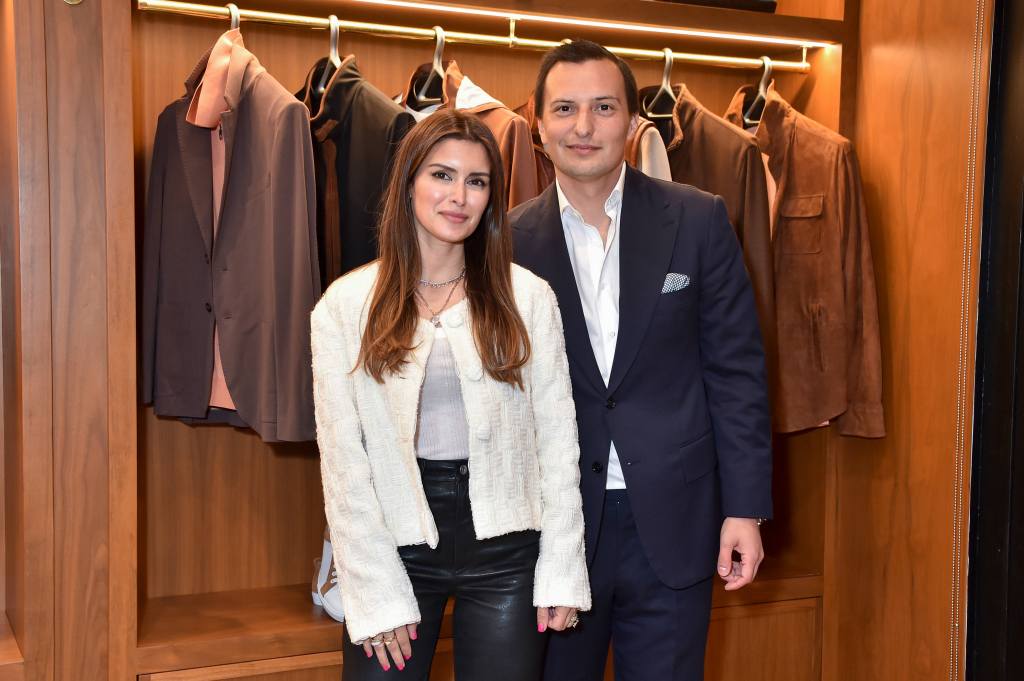Bigger is better is back.
After trimming costs during the pandemic and cutting everything that wasn’t needed, fashion started to take a turn this year, looking once again to find a safe space by getting bigger.
The most high-profile example came from Tapestry, which agreed to shell out $8.5 billion to buy Capri Holdings, including debt, and build a fashion giant with more than $12 billion in sales.
It’s a play for more than just revenues — although adding Michael Kors, Versace and Jimmy Choo to Tapestry’s Coach, Kate Spade and Stuart Weitzman will certainly boost the topline and there will be some $200 million in annual cost synergies within three years.
Scale is really what Tapestry chief executive officer Joanne Crevoiserat is after.
While there’s the inevitable talk about Tapestry building an American LVMH Moët Hennessy Louis Vuitton, neither Coach nor Michael Kors are really competing with Louis Vuitton or Christian Dior for customers.
But they are all competing for the best retail lease or the best shipping arrangement, and that is a game where size very much matters.
“We are going to continue to see more deals in fashion and apparel,” predicted Ben Frost, global co-head of consumer retail group at Goldman Sachs. “The benefits of scale have proven to be too great to ignore and shifting consumer impulses create opportunities for some and challenges for others.”
Just ask Kering, which posted revenues of more than 20 billion euros last year, but is still well behind the leader LVMH, with revenues of nearly 80 billion euros in 2022. (And LVMH, of course, was also still at the consolidation game this year buying Platinum Invest and strengthening its high-jewelry manufacturing capabilities, aiding the development of Tiffany & Co., which the company bought in 2021).
Kering — which after a string of good years is working to fix a struggling Gucci — moved to bulk up big time this year. The company bought luxury fragrance house Creed in a deal said to be valued at 3.5 billion euros, and also snatched up 30 percent of Valentino for 1.7 billion euros.
Meanwhile, rival Compagnie Financière Richemont bought a controlling stake in Gianvito Rossi.

The race for scale can become a race that everybody needs to run once it’s started. Independent designer luxury brands just can’t match the firepower of any of the big three groups.
With Tapestry buying Capri, the same dynamic could be forming lower down the price scale.
And deals just beget deals as the market scrambles to whatever comes next.
“There’s been equity sitting on the sidelines that’s been waiting to get deployed,” said Michael Prendergast, managing director of Alvarez & Marsal’s consumer retail group. “We’ve been waiting for this ‘water over the dam’ moment.
“It’s a complex retail environment and there is strength in a bigger number,” Prendergast said. “Who will be next? These CEOs will say, ‘I’m an $8 billion company. I have a five-year plan to grow to $10 billion or $12 billion. Should I get the backing of my board and shareholders, buy another $8 billion company, have immediate growth to $16 billion and set myself on a path to being a $20 billion company?’ Which of the CEOs will be next to say, ‘We need to do the same thing’?”
It’s an impulse that applies to brands and retailers alike.

Witness the years-long pursuit of Neiman Marcus Group by Saks, which is owned by the Richard Baker-led HBC.
“The negotiations for Saks to buy Neiman Marcus are ongoing and fulsome, but a deal will not get done till after Christmas,” one source close to the situation told WWD this month. “Look, you’ve got lots of lawyers, bankers and consultants working on it.”
In some ways, a Saks-Neiman combination would be a strange pairing since the two have pursued vastly different strategies, with Saks separating its online and retail operations and Neiman’s still operating as a single omnichannel unit.
But together the two could try to unlock the business virtues of more scale, getting better deals from vendors and landlords alike.
Department stores aren’t the only ones pursuing that scale, though — specialty retail is on the game as well.
Sycamore Partners took its prior acquisitions of Ann Taylor, Loft and Talbots and rolled them all together under the KnitWell name in August.
Then in September, Sycamore inked a deal to buy Chico’s FAS Inc. for just over $938 million, which will bring another 1,258 stores under the Chico’s, White House Black Market and Soma nameplates into the private equity company’s fold.
While size can indeed give a retailer or brand an advantage, big corporate mergers are also tricky. They can leave companies heavily indebted and struggling to bring the various businesses into sync.
The strategic rationale that underpin deals can also shift.
Macy’s Inc. reset the retail landscape in 2005 with its $11 billion deal to buy May Department Stores Co. — and while that acquisition did help expand the Macy’s nameplate, it also left the company with many smaller and weaker department stores that were ultimately closed.
The retailer has struggled in recent years to take advantage of its department store dominance, with consumers shopping everywhere and all the time and brands wanting to go direct with their own stores and on their own web sites.
Now Macy’s seems to be on the other side of the buyout process with reports this month of a seemingly low ball offer from Arkhouse and Brigade Capital Management to buy the company for $5.8 billion.
The offer comes just as Jeff Gennette prepares to retire as chairman and chief executive officer, handing over the reins to Tony Spring.
“It’s not great timing for Macy’s. Tony does know the Macy’s business but it would have been better if he had been sitting at the top for awhile,” a source said this month. “Confronting an unsolicited takeover bid isn’t the best way for a new CEO to start his job.”
The buyers are believed to be attracted to the real estate of Macy’s, which also owns Bloomingdale’s and Bluemercury — businesses that could be spun off.
VF Corp. also has the potential to switch from consolidator to donor. Already the struggling company is looking to let go of its backpack business. Activists are pushing for it to consider selling off anything that’s not The North Face or Vans. If VF went that direction, it could put Supreme, Timberland, Dickies and more in play.
Even after three years of pandemic turmoil and economic uncertainty, fashion is on the move and 2024 could bring plenty of opportunities.
Giant private equity fund L Catterton is one of those that sees potential. At the WWD Apparel and Retail Summit in October, managing partner Nikhil Thukral said the group is eyeing undervalued public companies in the consumer discretionary sector that still have lots of growth ahead but just need assistance.
“Generally, we’re finding more of an opportunity on large public to privates, than we are on the private side. For 43 years we’ve had declining interest rates, and that’s led to the ability to be able to sell companies on and on.”
He said that’s no longer true today. “Now we’re going to have to separate the wheat from the chaff. Now we’re going to lean in and help. We’ve been through these cycles before, we feel like we are well-positioned to go do that. We’re going to apply that opportunity set, against the biggest sources of capital, which arguably have never been better valued if you’re a buyer.”
The landscape offers a moment that others have been steadily preparing for, too, including Dustin Jones, whose Unified Commerce Group just bought Spiritual Gangster.
Jones, who founded the business with Greg Freihofner in 2019, said he looked at 160 brands over 2021 and 2022 and that direct-to-consumer valuations are finally going his way.
“What we identified was this opportunity to take advantage of the falling valuations of direct-to-consumer brands by creating a company that was prepared to buy them when their cap table needed that overhaul,” Jones said.
“We think 2024 will be a great consolidation opportunity for us,” Jones said. “The pipeline for us right now is very full….We expect that we’re going to get to five to seven brands in the next couple of years.”
The now might be, Who makes the next move?



